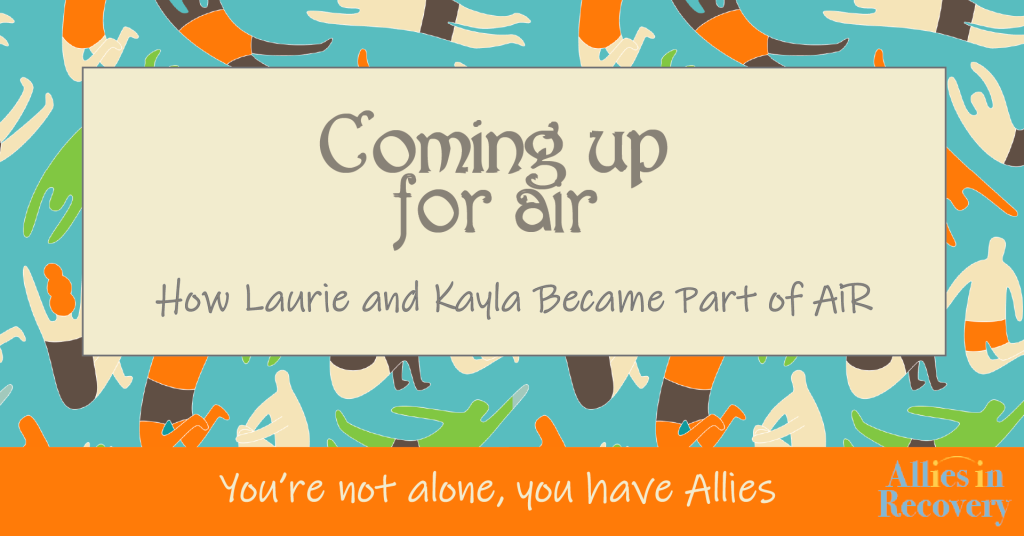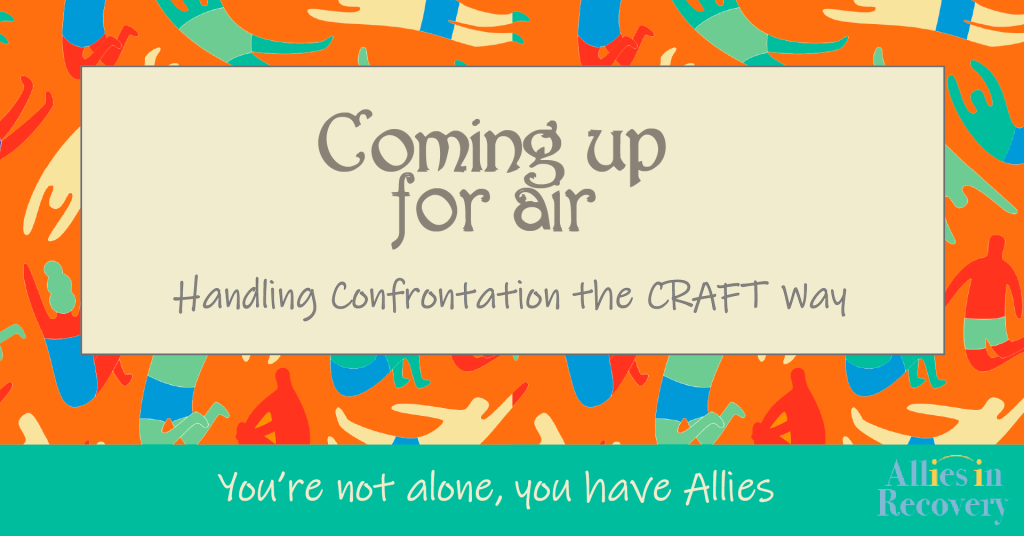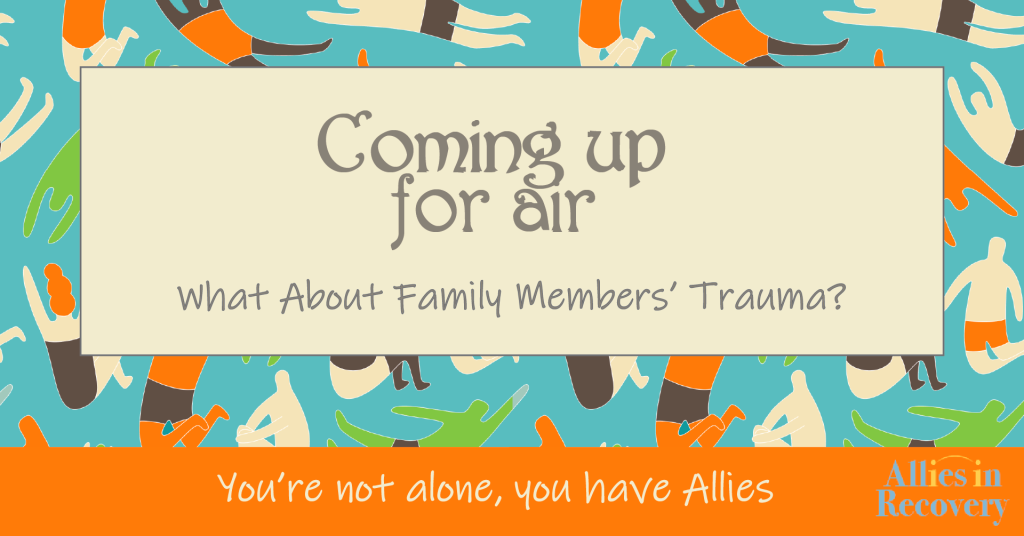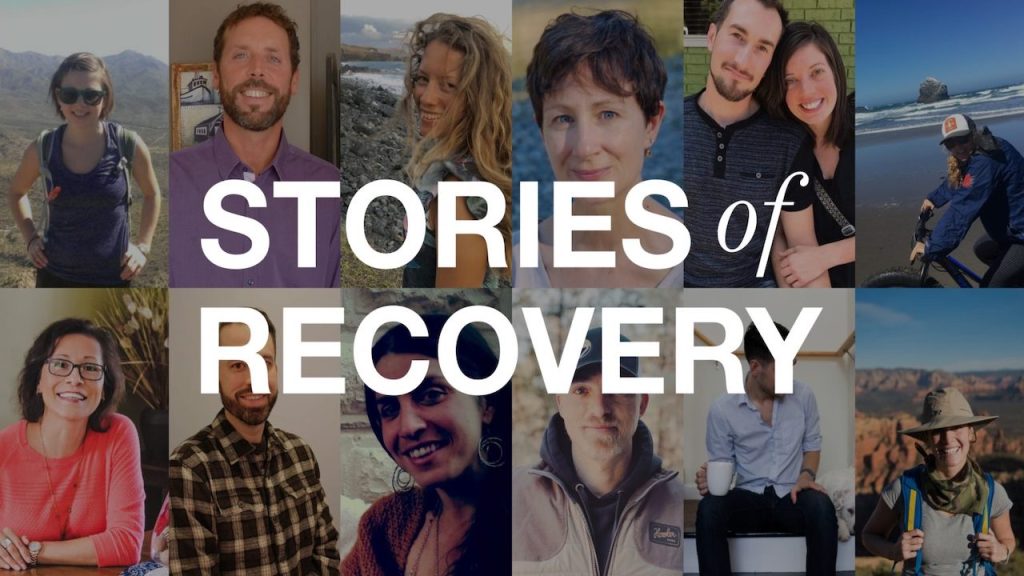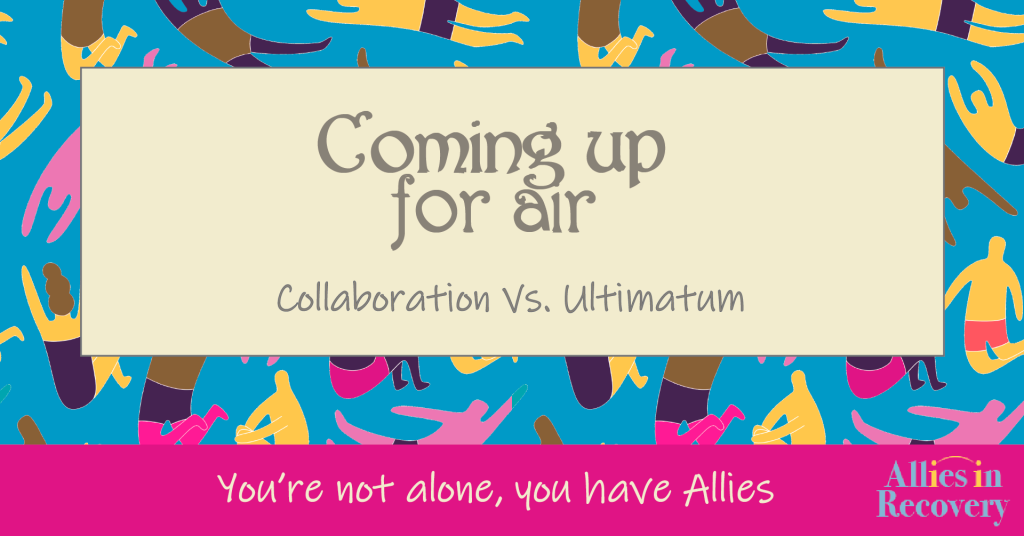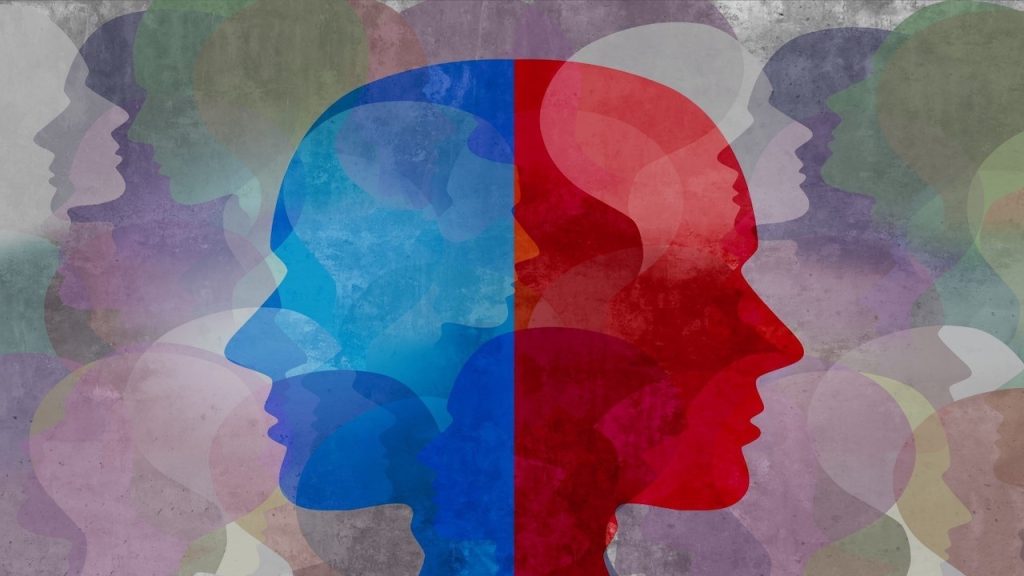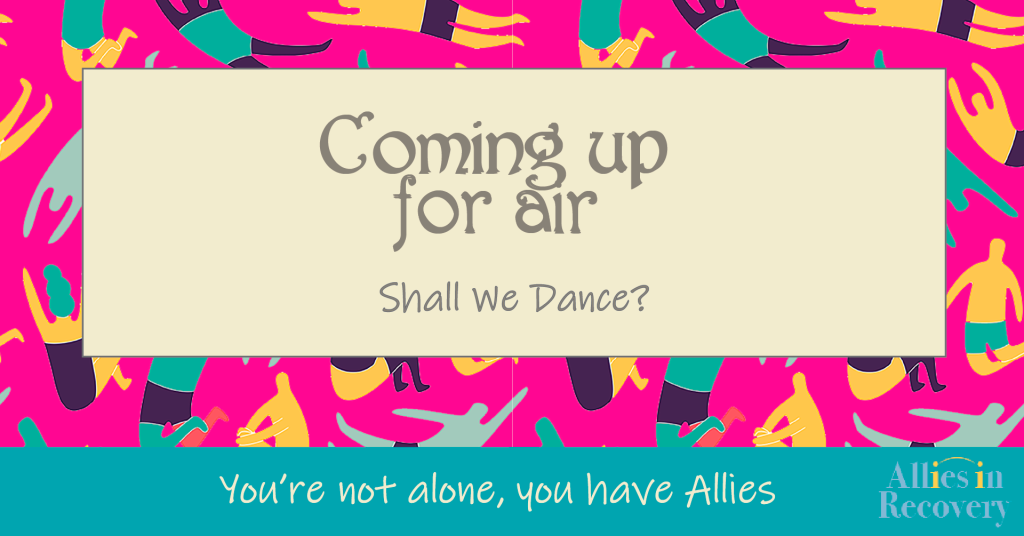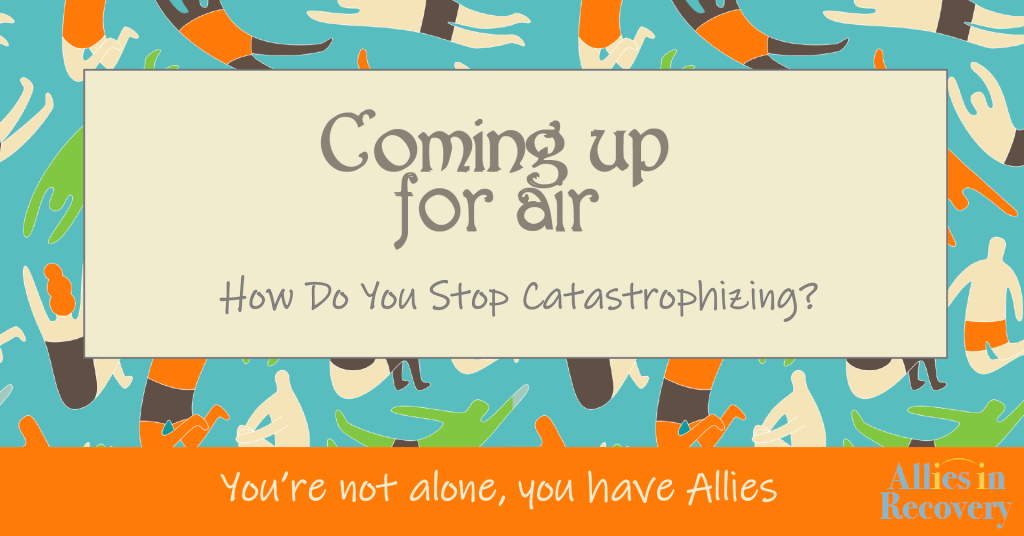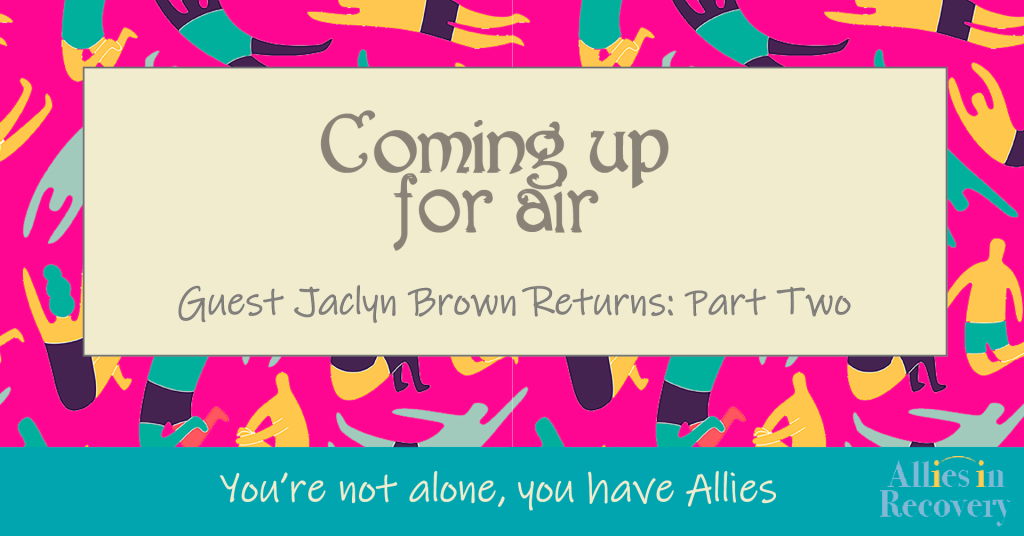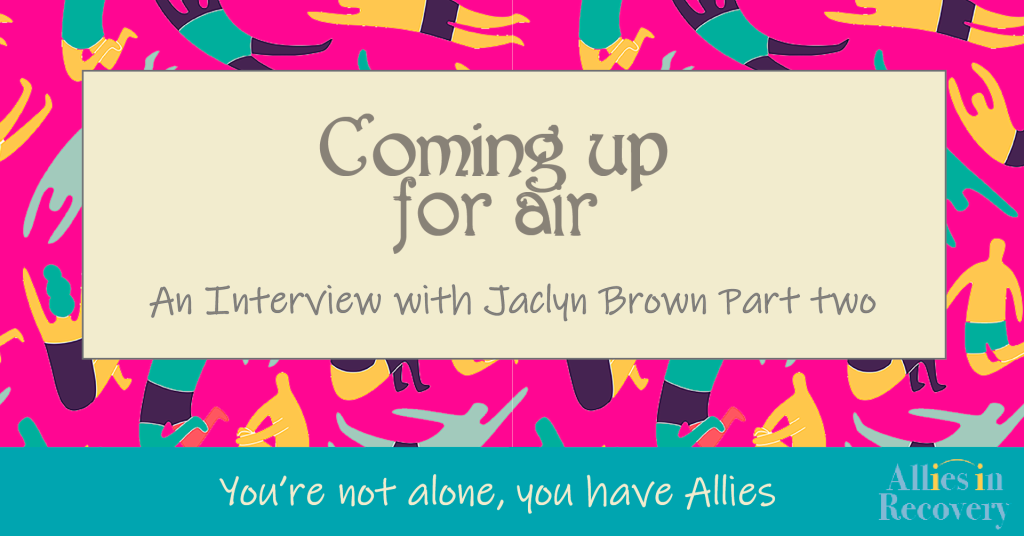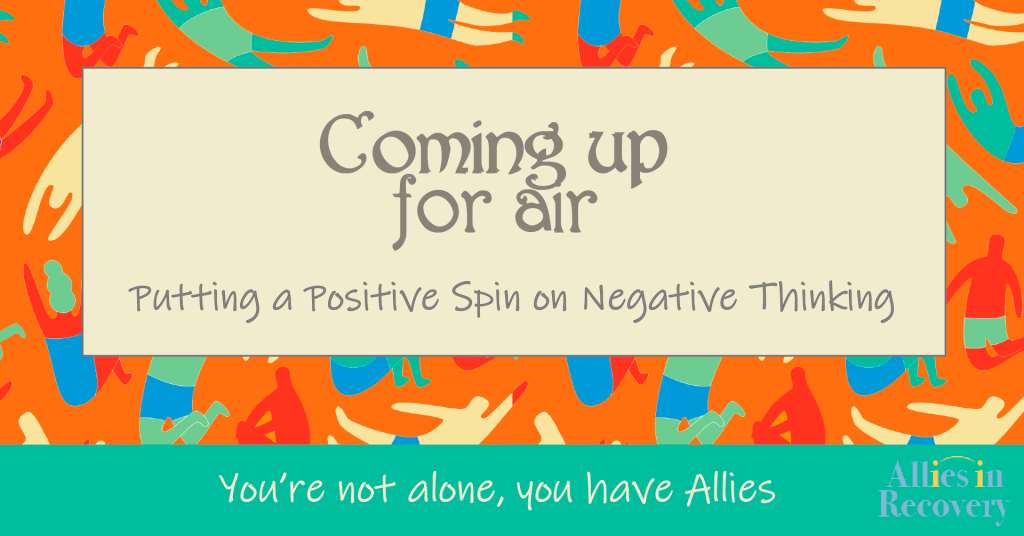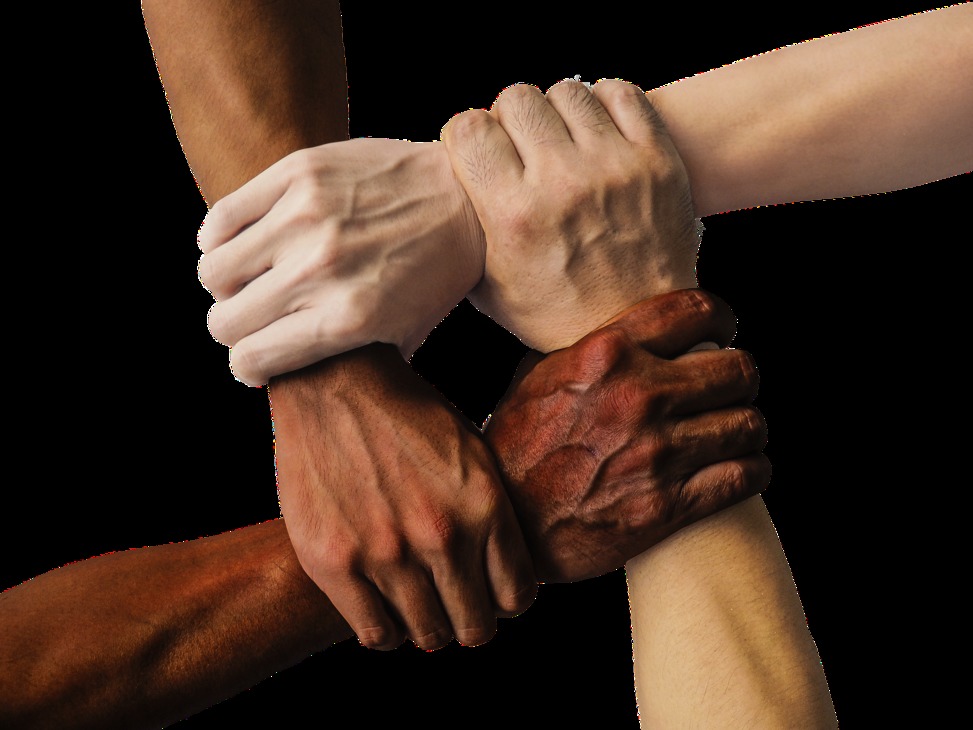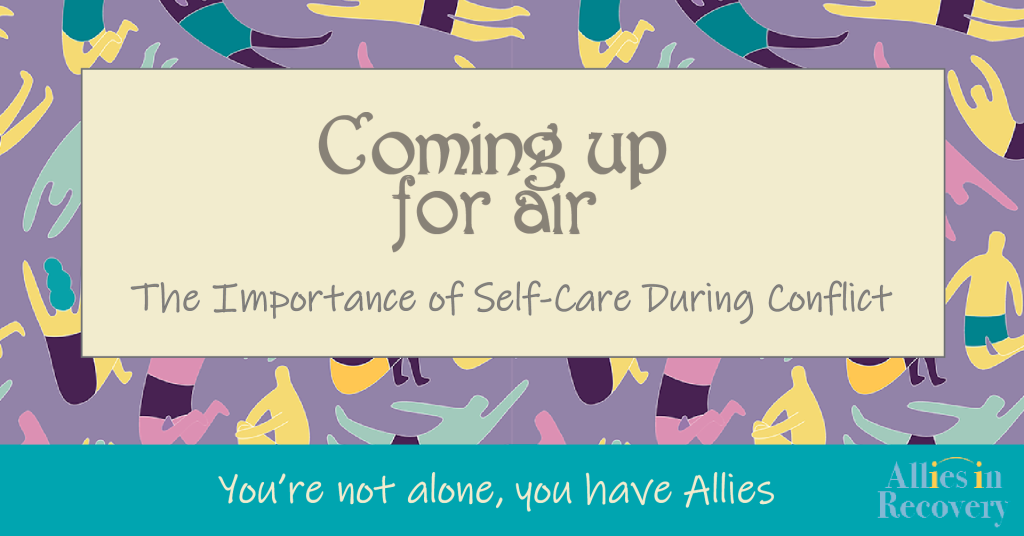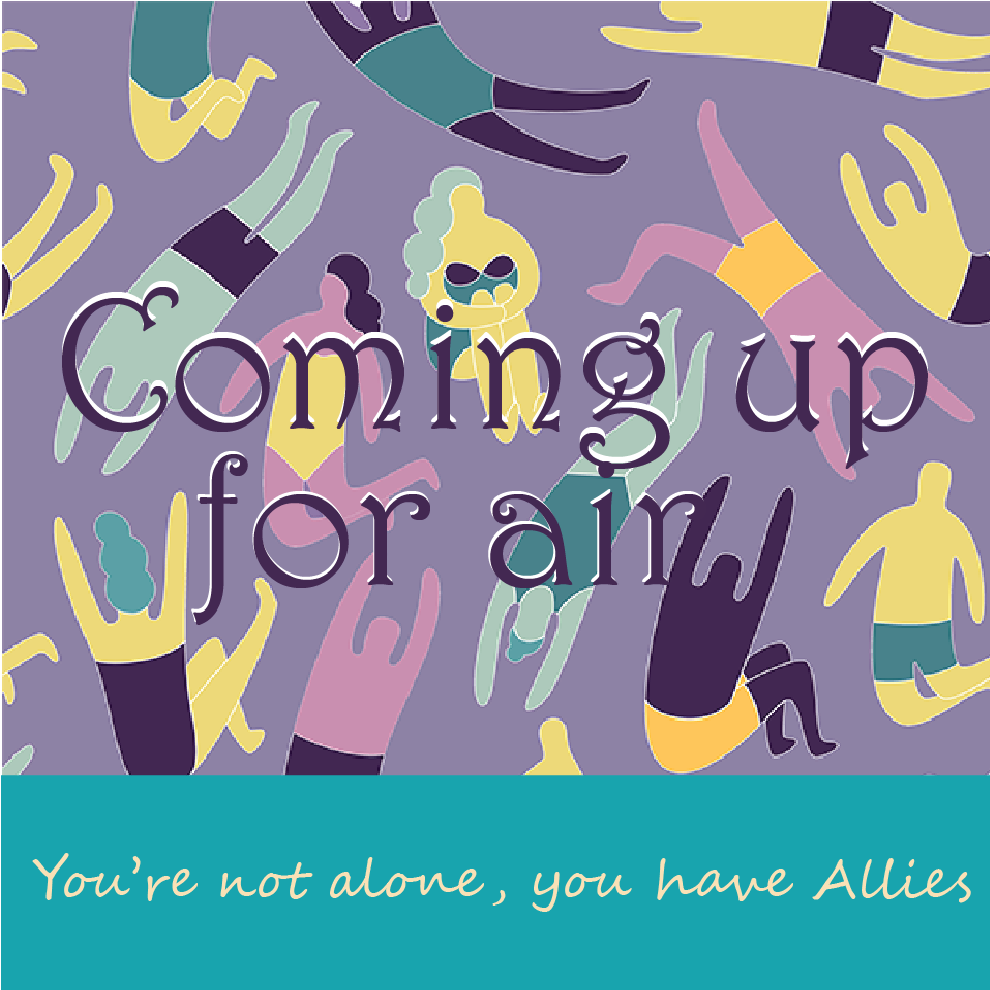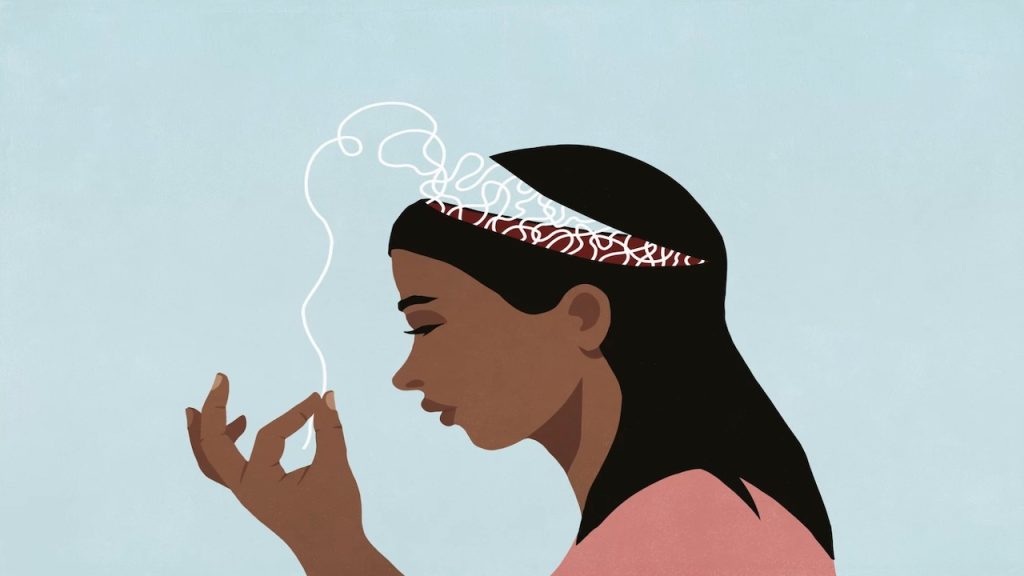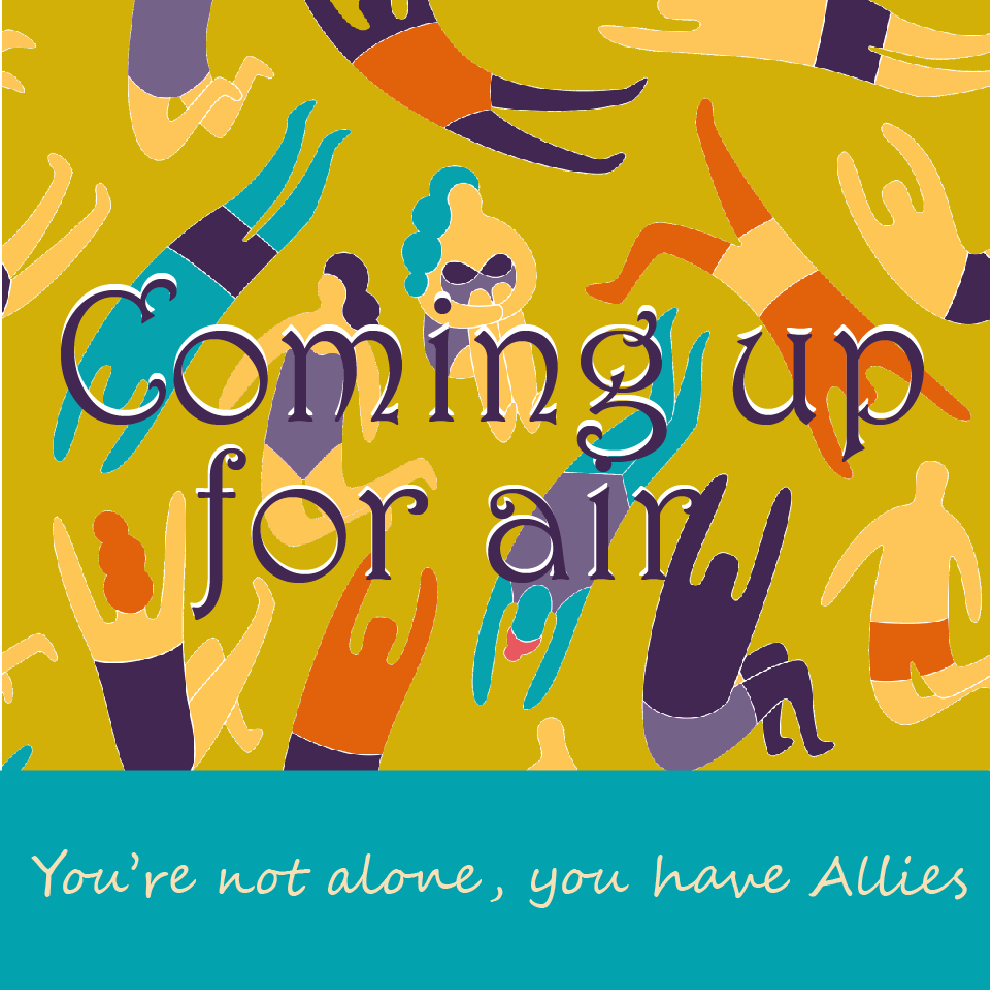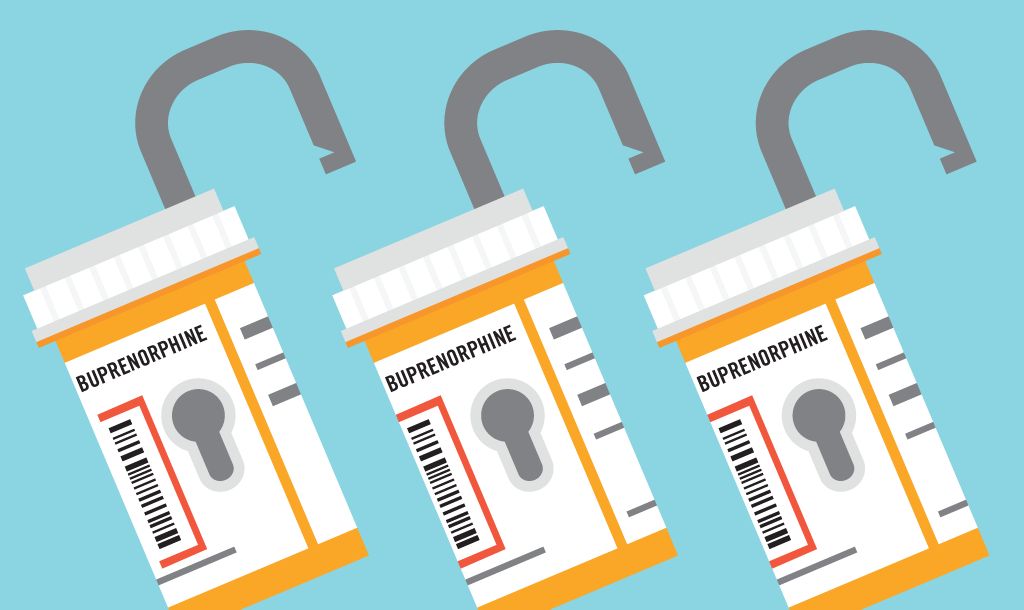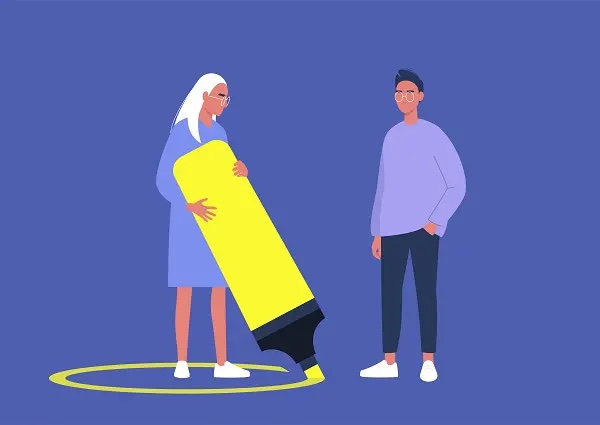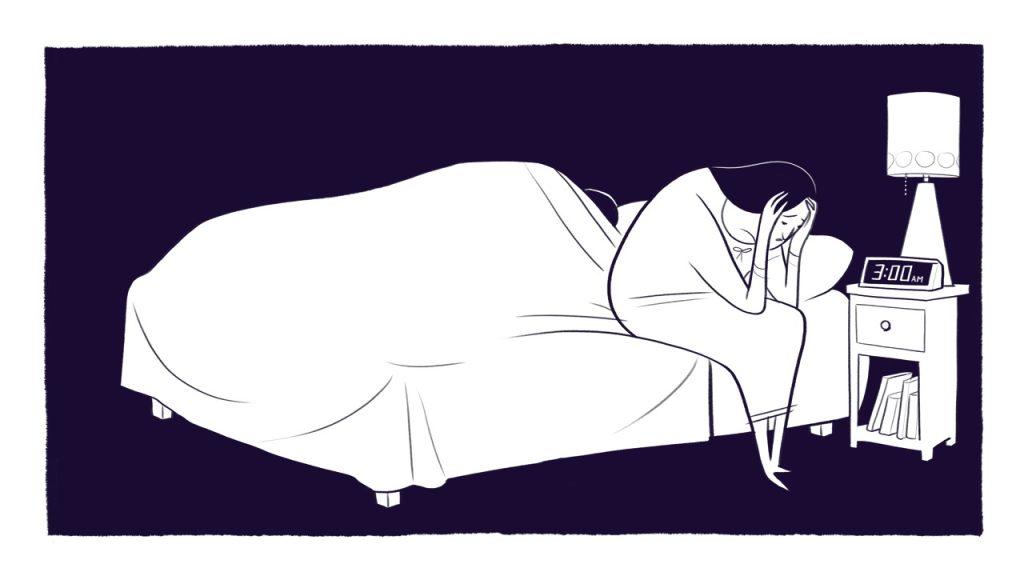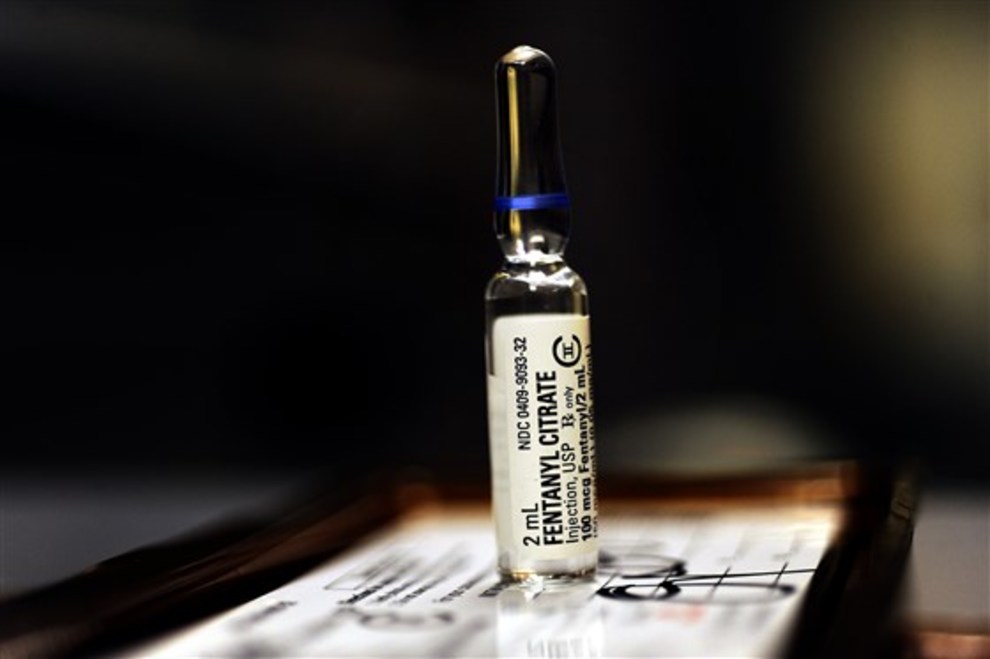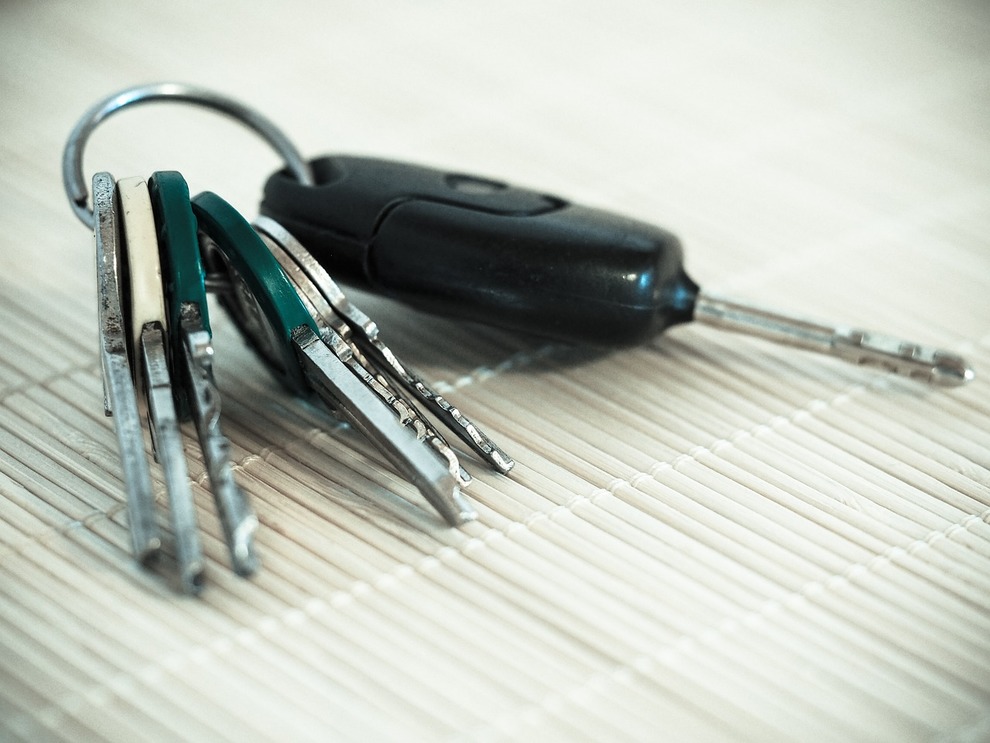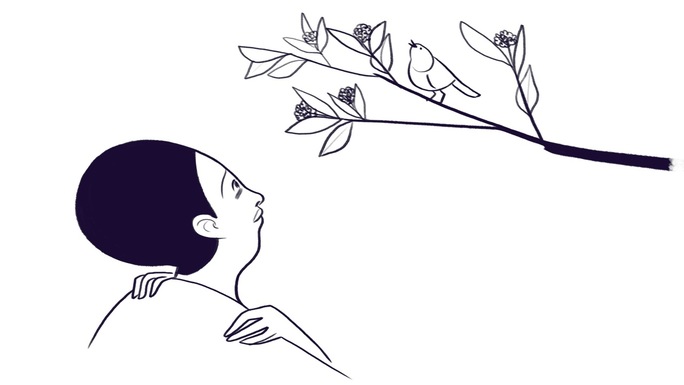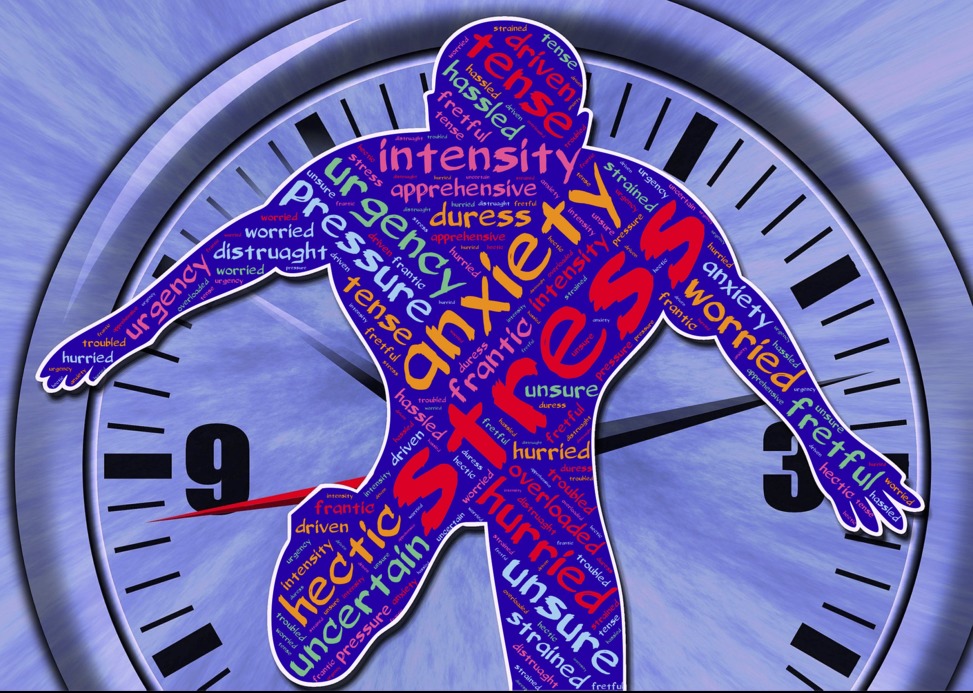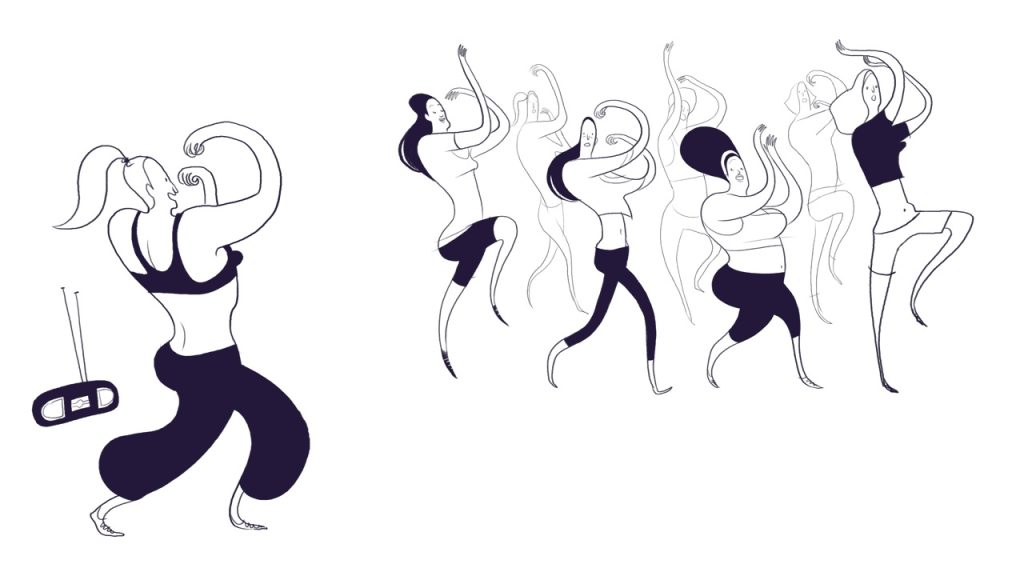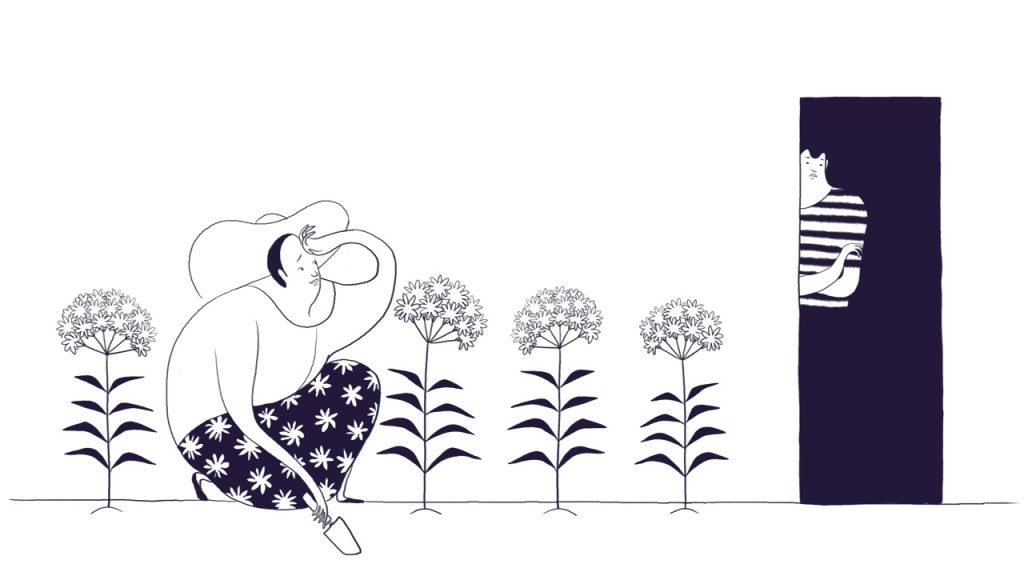Live Like the Moon: Why Gentle Influence Works

This post first appeared on the Sanctuary Blog on the Allies in Recovery member site.
At Allies in Recovery, one of our goals is to teach you how to better communicate with your loved one, while also caring for yourself in the process. This balancing act isn’t easy.
When your loved one is abusing alcohol or drugs, engaging in dangerous activities, or making life decisions you dislike, the natural impulse is to try and change your loved one’s behavior through sheer willpower, whether through arguing, sarcasm, passive-aggressive behavior, or other means. But as Allies in Recovery’s online program teaches, you cannot change other people. You can only change yourself.
Arguing and threatening doesn’t help
Arguing only makes you and your loved one miserable. What is the alternative? The next time your loved one does something that triggers an emotional response in you, take a deep breath. Pause. When you feel the anger welling up, resist the urge to lash out. Remember the lessons we teach on our (member) website… rewarding good behavior when your loved one isn’t using, and stepping away when they are using, are key steps in the recovery process.
“That sounds good on paper,” you might say, “but pausing isn’t easy in the moment when you are furious and tired and ready to give up.”
It’s true that retraining yourself takes effort, but it *is* possible. Plenty of family members have learned this skill through our program, and so can you.
How do you learn to pause and not get hooked by the same old triggers?
The Allies in Recovery site provides a number of tools to help you develop such mindfulness. Using the journal regularly, tracking your progress consistently, reading the Sanctuary, and completing the Key Observations will help you learn the skill of stepping away. How? Each of these tools helps you to gain a bird’s eye view of your own actions, as well as those of your loved one. You are examining your patterns and responses from above with distance and unfiltered clarity, instead of from down below in the thick of it where the view is severely limited.
The quiet power of your gentle influence
In Everyday Tao: Living with Balance and Harmony Ming-Dao Deng writes: “The moon does not fight. It attacks no one, does not worry, nor does it try to crush others. It keeps to its course, but by its very nature, its gentle influence. What other body could pull an entire ocean from shore to shore? The moon is faithful to its nature and its power is never diminished.”
It is this kind of quiet power that we teach you in the Allies in Recovery program. The next time you find yourself triggered and upset by your loved one’s actions, think of the moon. Don’t fight or attack, but stay on course. When your spouse or child comes home drunk, try shifting your perspective. Instead of responding in your usual angry way, try stepping back and using the lessons taught in our program. You just might be surprised at how it alters your dynamic. And if you don’t succeed the first time, try again. Your loving influence really can make a difference.
Journal Exercise
 Think about the last fight you had with your loved one. What specific behavior triggered your emotional response? When your loved one set you off emotionally, how did you feel? Angry? Withdrawn? Exasperated? Worried? How did you express these feelings externally? What did you say or do? Was there a key moment in the interaction when you could have paused, stepped back, and responded differently? Record these responses in your journal.
Think about the last fight you had with your loved one. What specific behavior triggered your emotional response? When your loved one set you off emotionally, how did you feel? Angry? Withdrawn? Exasperated? Worried? How did you express these feelings externally? What did you say or do? Was there a key moment in the interaction when you could have paused, stepped back, and responded differently? Record these responses in your journal.
The next time your loved one sets off this same trigger, how can you handle the situation differently? Think about action steps you can take, such as excusing yourself for a few minutes, taking several deep breaths, getting a glass of water from the kitchen, or any other action that will give you some breathing space and allow you to communicate more mindfully.
Reread the quote from Ming-Dao Deng above. If you were to be more like the moon in your daily life, how might that look? What would you do or say, or perhaps not do or not say? What does it mean to have “gentle influence”? How can you exercise your own quiet power?
Join our Member Site today to take full advantage of Allies in Recovery’s program, including 8 video modules, two blogs, and dialogue with experts in the field of treatment and recovery. Learn more here.

